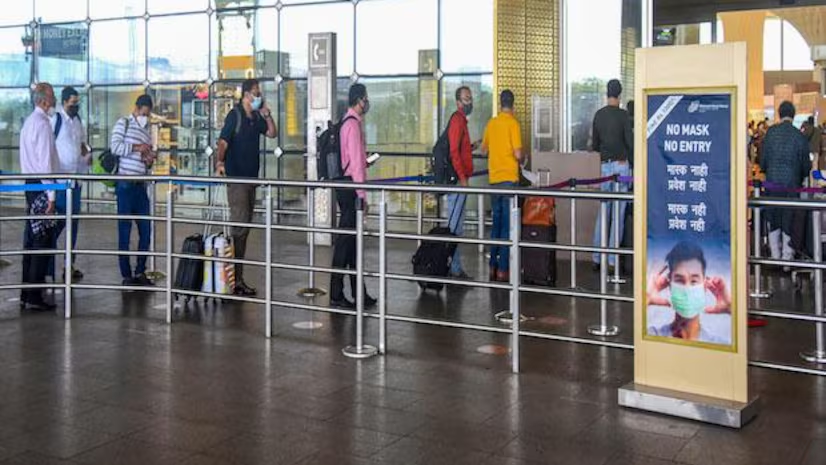India, a land of immense potential, has also grappled with the phenomenon of outward migration for decades. Skilled professionals, lured by better opportunities and higher standards of living, seek greener pastures abroad. Understanding the scope and nature of this migration in 2023 is crucial to addressing its causes and potential impacts.
Quantifying the Outflow: Estimating the Numbers
While definitive data for 2023 might still be emerging, we can glean valuable insights from various sources:
-
Ministry of External Affairs (MEA): The MEA maintains data on Indian workers holding ECR (Emigration Check Required) passports who travel overseas for employment through the e-Migrate portal. This data offers a glimpse into the number of migrant workers departing for specific countries with stricter regulations.
-
World Bank Migration Data: The World Bank compiles global migration data, although there might be delays in reflecting the most recent year.
-
Industry Reports and Surveys: Research firms and industry bodies often publish reports on migration trends, providing valuable estimates and insights into professions most sought-after by Indian migrants.
News reports suggest India might be the world leader in outward migration, with estimates hovering around 2.5 million people emigrating annually [Indian diaspora – Wikipedia]. However, pinpointing the exact number for 2023 remains a challenge.
Beyond Numbers: The Landscape of Indian Migration
While the total number paints a broad picture, a deeper dive into the migration landscape reveals:
-
Destination Hotspots: Traditional favorites like the United States, United Kingdom, Canada, Australia, and Singapore continue to attract Indian talent. However, Gulf countries like UAE and emerging economies in Southeast Asia are gaining traction.
-
Skillsets in Demand: IT professionals, engineers, doctors, and business management graduates remain highly sought-after. Additionally, there’s a growing demand for skilled workers in niche sectors like data science, artificial intelligence, and renewable energy.
-
Motivations for Migration: Higher salaries, better career prospects, and improved quality of life are primary drivers. Educational opportunities for children and a more stable political environment also play a role.
A Tale of Two Sides: The Impact of Migration
The outflow of skilled professionals has a multifaceted impact on India:
-
Brain Drain and Skill Gap: The loss of talent can lead to a brain drain, impacting innovation and hindering economic growth. Certain sectors might face skill shortages, affecting the efficiency of industries.
-
Remittances and Foreign Investment: Indian migrants contribute significantly through remittances sent back home, supporting families and boosting the economy. Additionally, their entrepreneurial spirit can lead to increased foreign investment in India.
-
Social and Familial Repercussions: Migration can lead to the breakdown of traditional family structures and social networks. The absence of parents working abroad can impact the upbringing of children.
The Road Ahead: Strategies for Mitigating Challenges and Capitalizing on Opportunities
India can address the challenges and maximize the benefits of migration through strategic measures:
-
Skills Development and Educational Reforms: Investing in skilling initiatives and revamping the education system to align with global job market demands can help retain talent and enhance employability.
-
Improved Working Conditions and Career Progression Opportunities: Creating a more conducive work environment with competitive salaries and growth prospects can incentivize skilled professionals to stay in India.
-
Promoting Innovation and Entrepreneurship: Fostering a culture of innovation and supporting startups can create exciting job opportunities and attract talent back to India.
-
Leveraging the Diaspora: The Indian diaspora can be a valuable asset. Engaging with them through knowledge-sharing programs and investment opportunities can benefit India’s development.
Conclusion: A Balanced Approach to Migration
The migration of Indian professionals is a complex phenomenon with both positive and negative implications. By understanding the scope and nature of this trend, India can devise strategies to mitigate the challenges and leverage the opportunities. Investing in skill development, creating a more attractive work environment, and engaging with the diaspora are crucial steps. Embracing a balanced approach can ensure that migration empowers both individuals and the nation as a whole. As India continues to evolve as a global economic power, navigating the landscape of outward migration will be a critical factor in its journey towards continued success.






